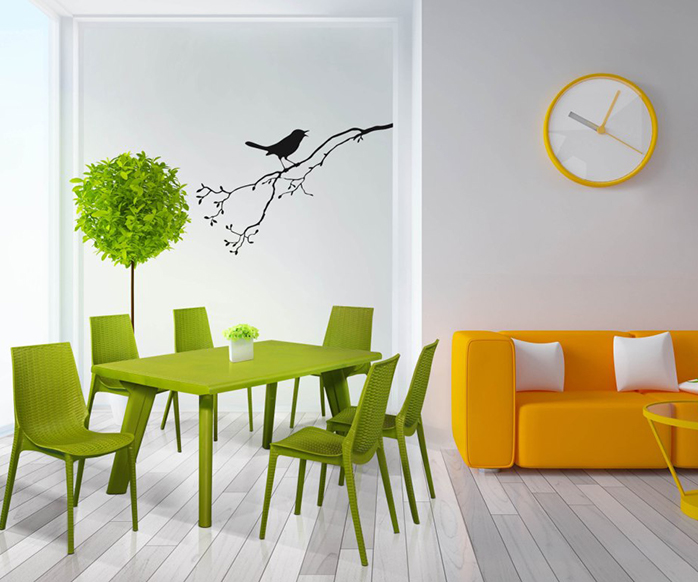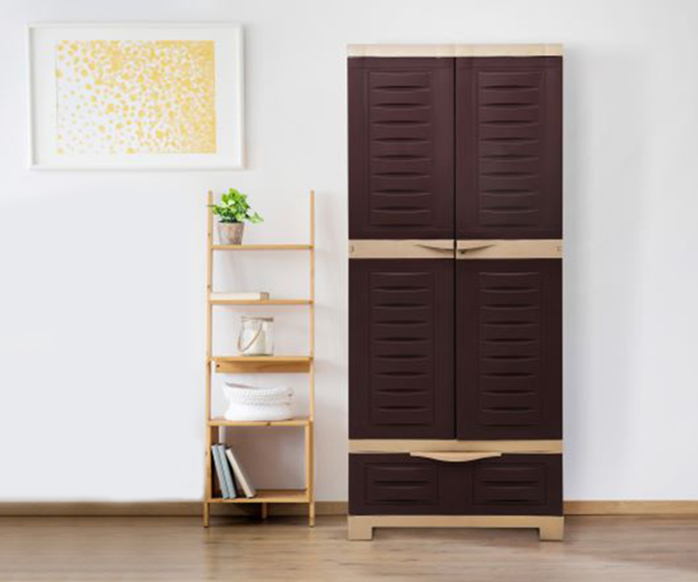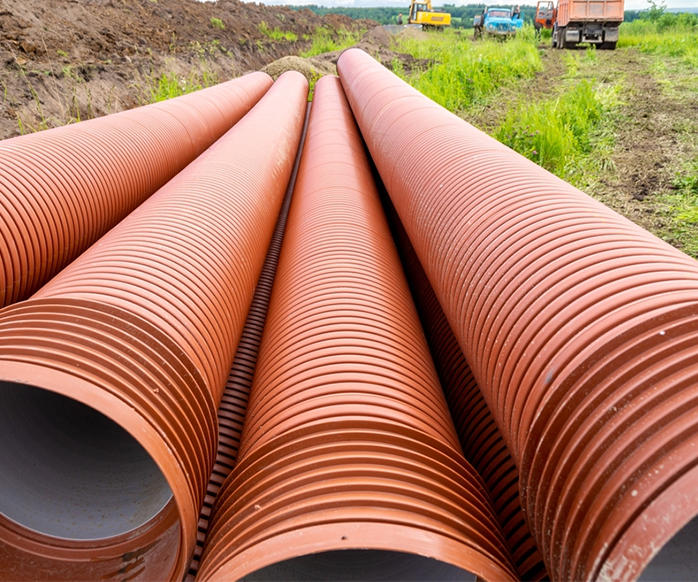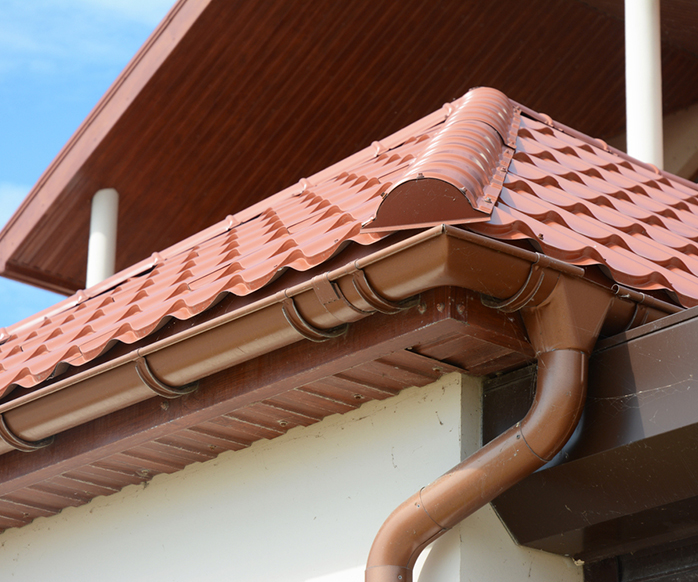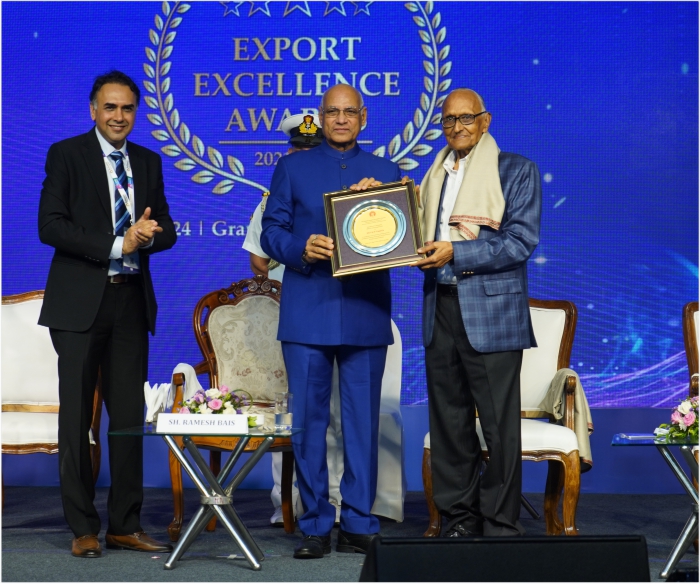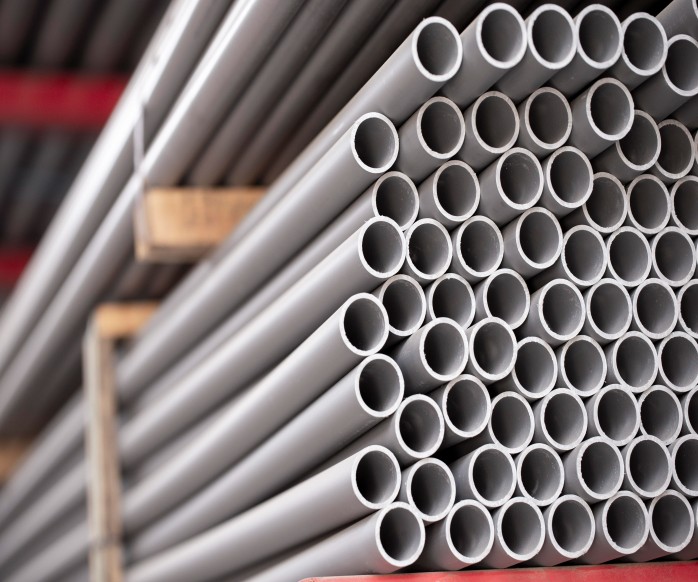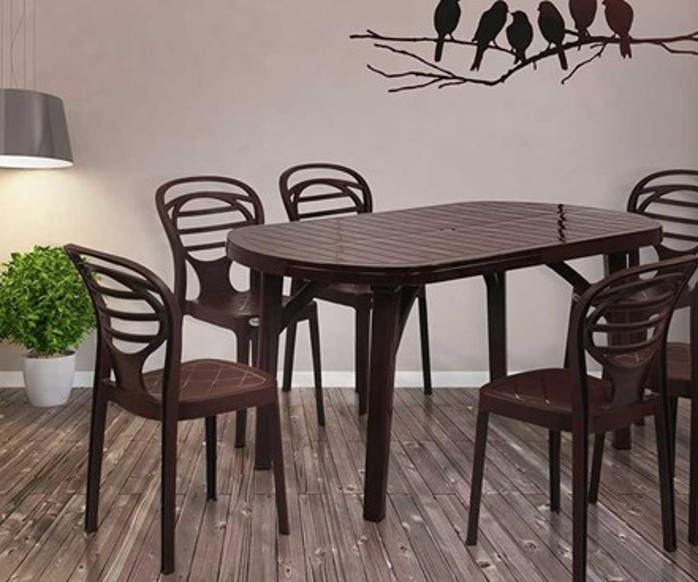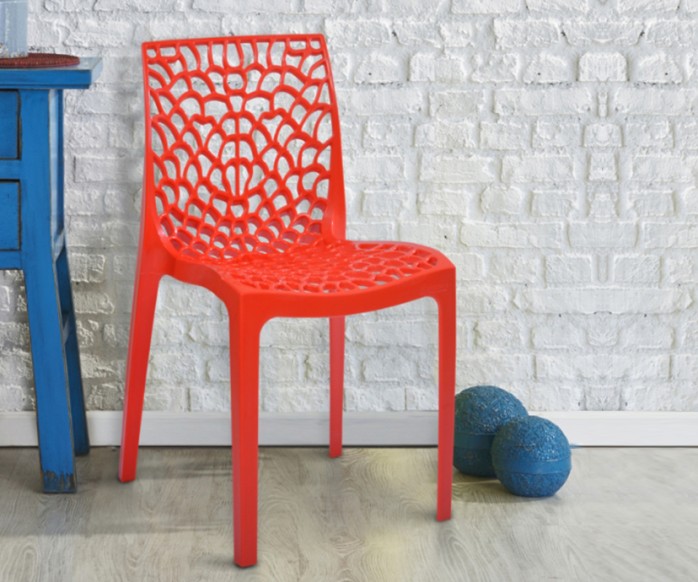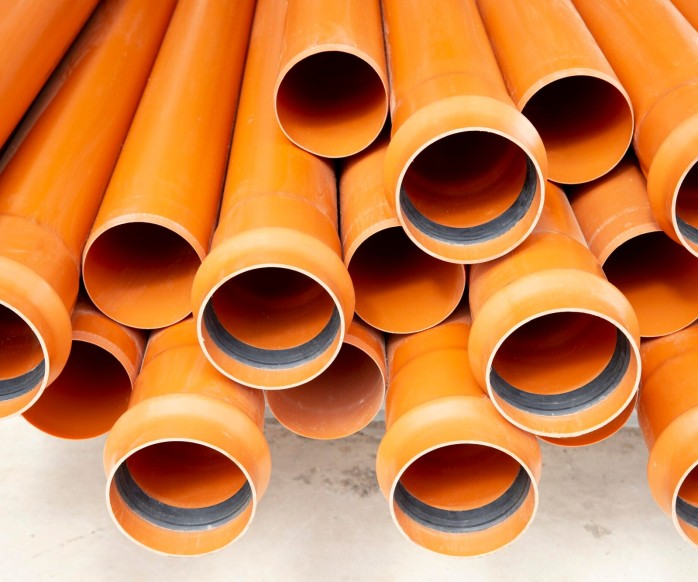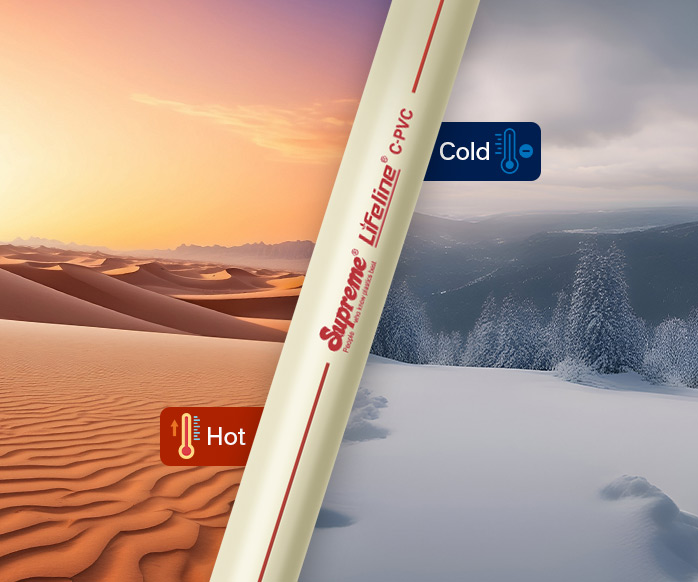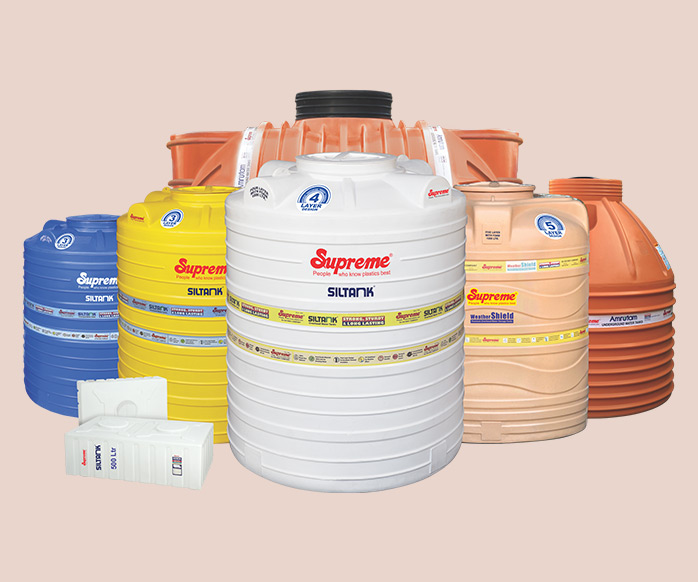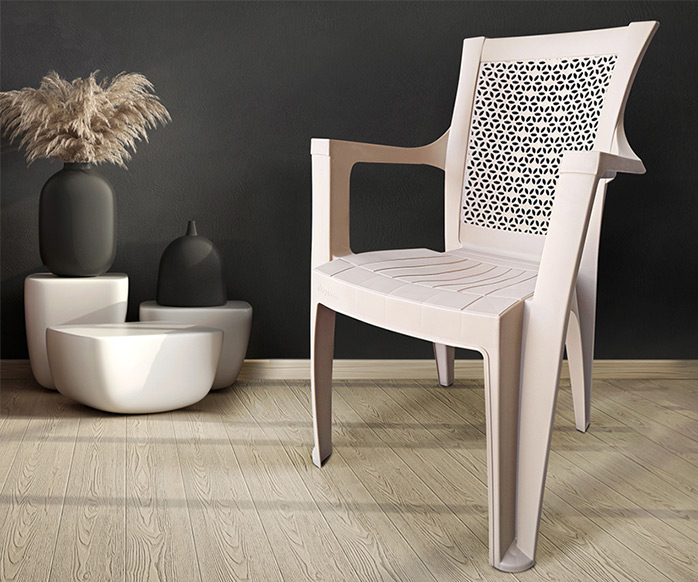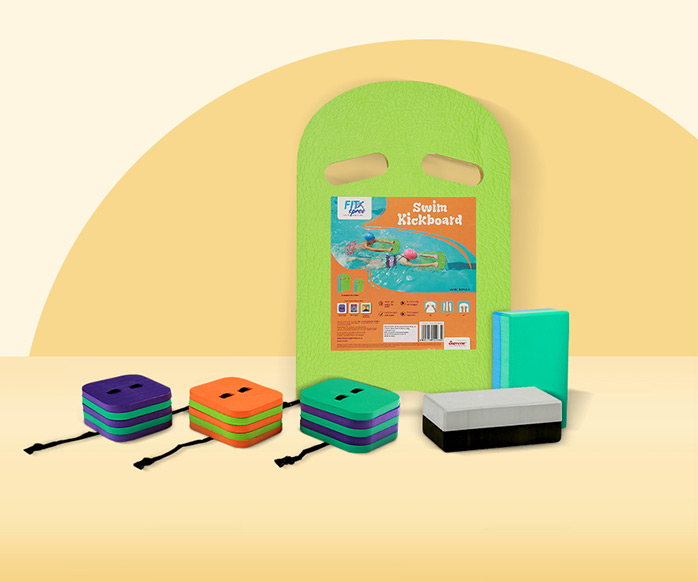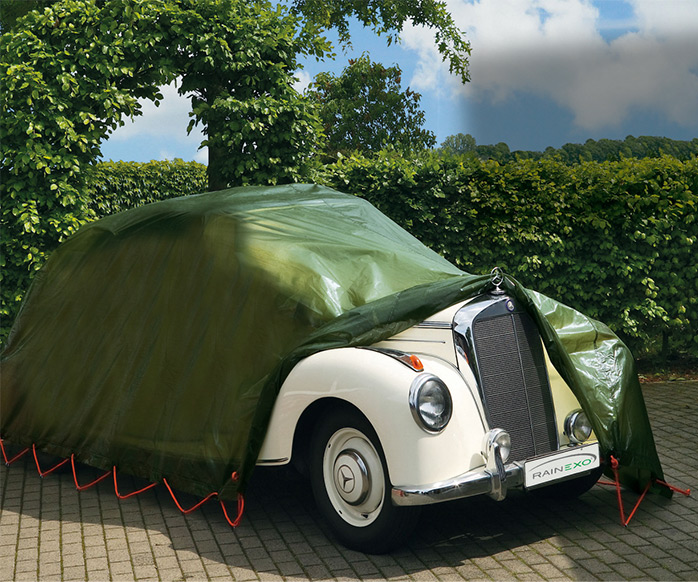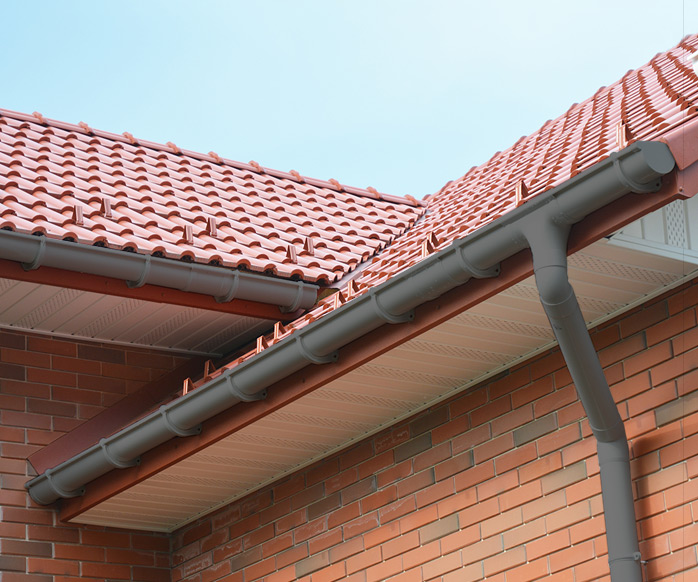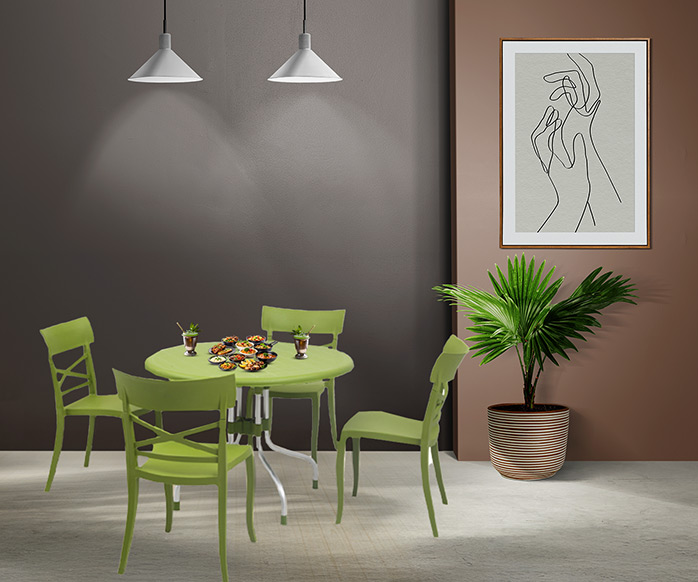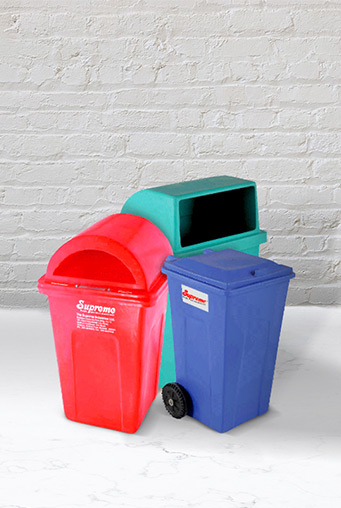
Effective segregation and management of dry and wet waste are crucial for a sustainable future. Using color-coded dustbins—green for organic waste, red for biomedical waste, and blue for dry recyclables—streamlines waste processing, enhances recycling efforts, and reduces environmental impact. Proper waste management conserves resources, reduces pollution, promotes public health, and supports agricultural productivity through composting.
Adopting these practices at the individual, community, and organizational levels will significantly contribute to a cleaner, healthier, and more sustainable environment for all.
What is waste management?
Waste management involves a series of organized processes to handle waste efficiently, from its creation to its final disposal or recovery. It encompasses not only the disposal of waste but also focuses on reducing, reusing, and segregating waste at its source.
In India alone, we generate around 62 million tonnes of waste each year. Proper waste segregation helps reduce pollution by cutting down the amount of garbage exposed to the environment.
Waste management projects utilize various methods, including recycling, composting, incineration, and landfilling. These methods aim to minimize environmental impact and promote sustainability by optimizing resource use.
Importance of waste management
Segregating dry waste (plastic, glass, metals, paper) from wet waste (vegetable leftovers, used tea bags) facilitates efficient recycling and resource recovery. Dry waste can be recycled into new products, while wet waste can be used to produce biogas.
Dry and wet waste segregation
Dry and wet waste segregation is a fundamental aspect of effective waste management, aimed at optimizing resource recovery and minimizing environmental impact.
Dry Waste:
Dry waste includes materials that are not wet or soiled, encompassing both recyclable and non-recyclable items such as bottles, cans, clothing, plastic, wood, glass, metals, and paper.
Wet Waste:
Wet waste consists of organic materials like food scraps, soiled food wrappers, yard waste, and hygiene products that are biodegradable and suitable for composting.
Segregating wet and dry waste at the source facilitates efficient recycling and composting processes. Wet waste can be composted to produce nutrient-rich soil amendments, while dry waste can be recycled to conserve resources and reduce landfill burden.
Comparison of Three Dustbins with Colour:
|
Aspect |
Red Dustbin |
Green Dustbin |
Blue Dustbin |
|
Type of Waste |
Disposal of hazardous biomedical waste |
Collection of organic and wet waste for composting |
Segregation of dry and recyclable materials |
|
Waste Treatment |
Incineration to eliminate infectious pathogens |
Composting to produce organic fertilisers for agriculture |
Recycling and reusing to reduce environmental impact |
|
Environmental Impact |
Non-recyclable waste contributes to landfill pollution |
Biodegradable waste promotes soil health and reduces chemical fertiliser use |
Recycling conserves resources and minimises waste accumulation |
|
Waste Management Type |
Medical Waste Management |
Solid Waste Management |
E Waste Management |
|
Colour of Dustbin |
Red or Yellow |
Green |
Blue |
Explore the types of dustbins Supreme offers:
1. Injection moulded round dustbins
Injection molded round dustbins are lightweight and equipped with a handle for easy lifting. They feature a tight lid to prevent odors and are available with a swing lid for hands-free use. These dustbins come in sizes of 10, 20, and 40 liters, and are offered in two types: with a standard lid and with a swing lid.
2. Injection molded square dustbins
Injection-molded square dustbins are lightweight with a smooth interior for easy cleaning. They are available in capacities of 30 liters with a square basket shape, and 80 and 100 liters with a dome-shaped lid. These dustbins are suitable for use in shop floors, restaurants, outdoor areas, and hospitals.
3. Roto molded dustbins
Roto-molded dustbins are crack-resistant, highly durable, and eco-friendly. They are designed to withstand all weather conditions and chemicals, with smooth interior walls for easy cleaning. The wheeled design facilitates waste transport from shop floors to main garbage areas. Available models include Free Litter Bins (60 liters), Pole Mounted Litter Bins (50, 80, and 100 liters), Hand Barrows (70 and 87 liters), Ghamelas (18 and 24 inches), and Wheeled Garbage Bins (90-120 liters and 120 liters with pedal).
Effective waste management plays a crucial role in supporting a circular economy. By properly segregating and managing waste, we can significantly reduce the amount of waste generated and ensure that resources are utilized more efficiently. This approach not only minimises environmental impact but also promotes recycling and resource recovery. Ultimately, it contributes to a cleaner and healthier environment by reducing pollution and conserving natural resources.

